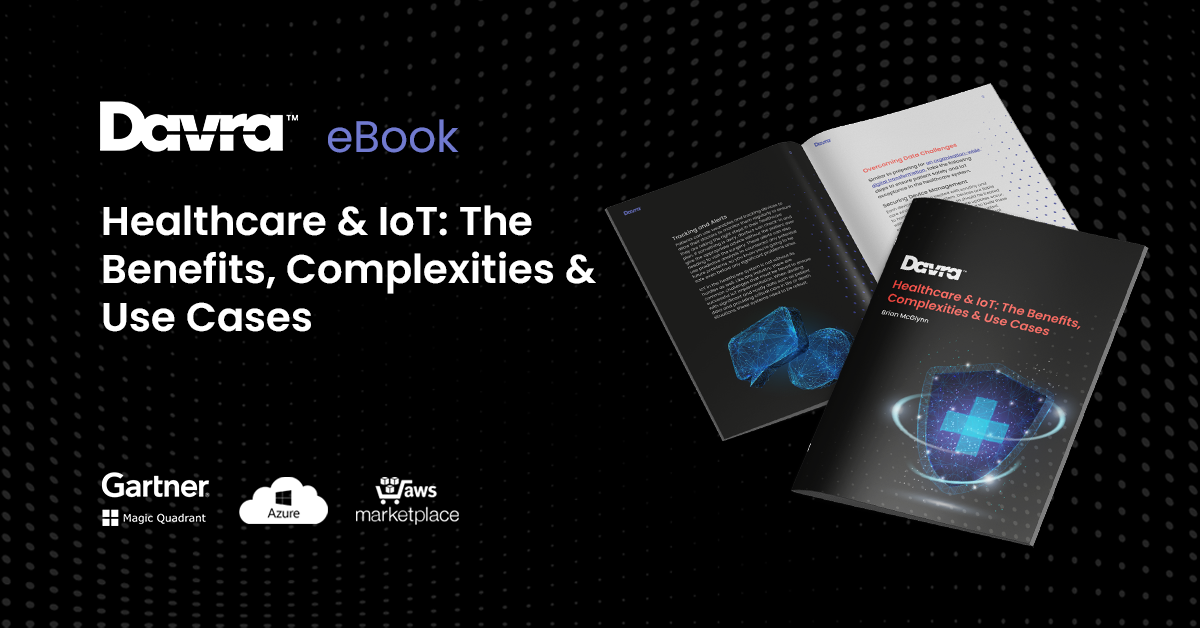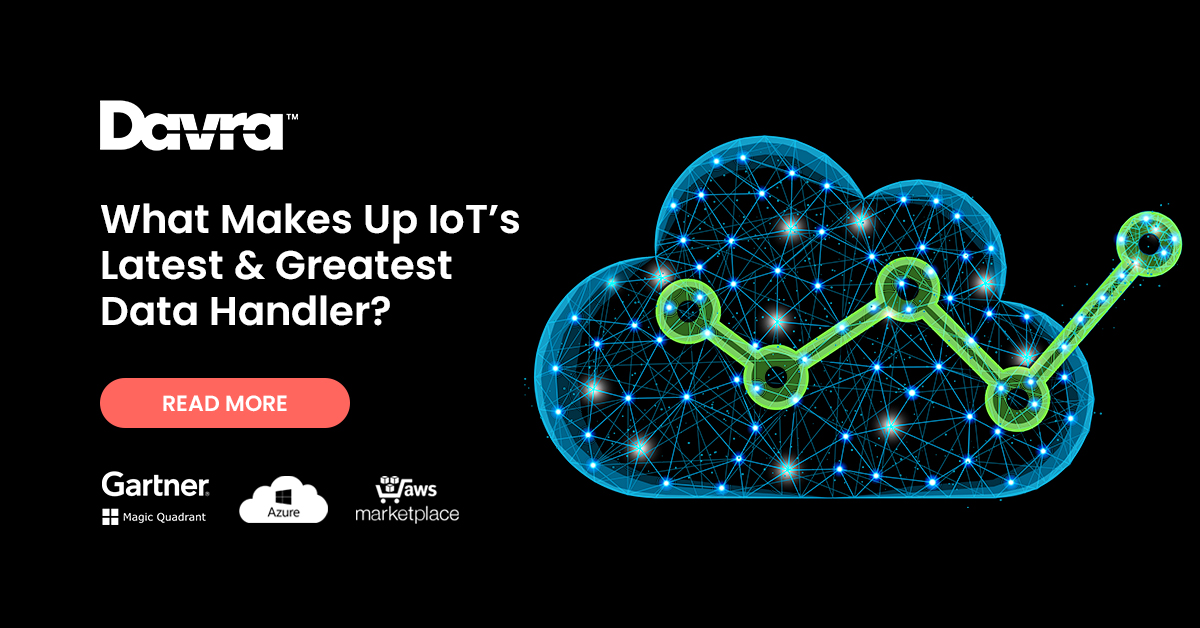IoT in Healthcare Use Cases eBook
Download Your Free IoT in Healthcare Use Cases eBook
Read More


IoT is a fast-evolving landscape. In 2015, there were 15 billion devices connected to the internet. Now, there are that many devices split between some of the top industrial players in the world. As smart cities, grids, drone technology, agriculture and mining all envelop IoT technology, there are huge amounts of data being generated every day that cloud processing simply can’t keep up with the networking amounts.
The cloud is essentially trying to soak up all this moisture, or data in the air, but for some reason, it can’t quite rain… so it’s working extra hard to bring that rain into the system. But what if there was something that could carry out all the processing, or make that moisture a little easier to absorb?! That’s where the edge comes in.
Edge computing explanations are about as arbitrary as the one above because the edge can have different meanings depending on who you’re speaking to. In a previous blog post, we spoke about what edge computing is and the multitude of benefits it brings for companies. To sum up and according to Openstack, “the most mature view of edge computing is that it is offering application developers and service providers cloud computing capabilities, as well as an IT service environment at the edge of a network.”
Edge computing takes on a very important function in the IoT landscape in that it helps IoT devices process some of the network data locally before sending it to the cloud, taking the pressure off cloud processing. Now, where exactly that “edge” is, depends on the network set up. It could be a micro datacentre or it could be along the assembly line in a production plant.
What’s most important is that it functions to allow devices to send information without latency or connectivity issues. Edge computing follows a very clear protocol to enable swift data processing. If you’re developing an edge processor, you should follow these characteristics to ensure you’re system will reduce latency issues.
1. Develop With An Open Architecture
To increase vendor interoperability and keep integration costs low for your systems down in the future, deploy an open architecture set up. Open architectures generally follow standardised protocols and data structures. Examples of these include OPC UA and MQTT, as well as semantic structures such as Sparkplug.
2. Preprocessing and Filtering of Data
In order to reduce data transmission, bandwidth and storage costs, create an intelligent edge system that can pre-process your data at the edge. Therefore only sending the required information to the cloud. An intelligent edge computing device running an edge agent that pre-processes data at the edge before sending it to the cloud can be deployed in your system to ensure swift processing before being sent to the cloud.
3. Analytics at The Edge
Another way to reduce latency and increase the processing of data is to introduce intelligent edge systems that do more than the simple task they were assigned. Developing the resources that enable faster and more powerful processing at the edge create new use cases that rely on low-latency and high data throughput.
4. Application Distribution
Newer edge software capabilities enable old legacy systems to decouple their applications from hardware to more flexible architectures, which allows applications to move from one intelligent compute resource to another. There can be vertical and horizontal edge applications, where the applications can move from the edge computing resource to the cloud, or from one edge computing resource to another.
5. Workload Consolidation
IoT is always aiming to lighten the workload of devices and applications. The edge is no different, where intelligent edge computing resources are often equipped with hypervisors or virtual machine monitors which abstract the operating system and application from the underlying hardware. This enables an intelligent edge computing resource to run multiple operating systems and applications on a single edge device. Compared to older edge computing resources where they ran operating systems installed on the device itself, encumbering the hardware.
It is clear that for applications where real-time data is pertinent and needs fast processing power, edge computer processing can vastly improve an IIoT system. Edge computing reduces network connectivity dependencies as many assets are located at remote locations where network connectivity is a serious challenge. With edge computing, systems can operate remotely with intermittent internet and network connectivity. Are you interested in developing fully functional, edge computing devices to increase your bandwidth? Please contact our team today for more information.
Brian McGlynn, Davra, COO
Download Your Free IoT in Healthcare Use Cases eBook

Davra IoT is the only Industrial IoT Platform Available on AWS Marketplace
Read MoreThe Collaboration of Humans & Robots Has Created The Cobot
Read More